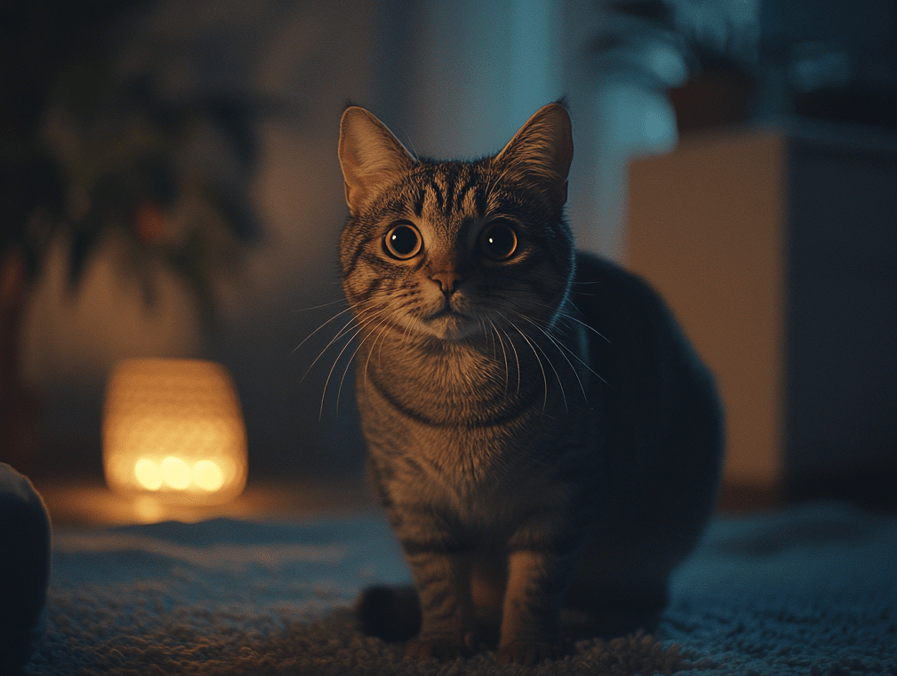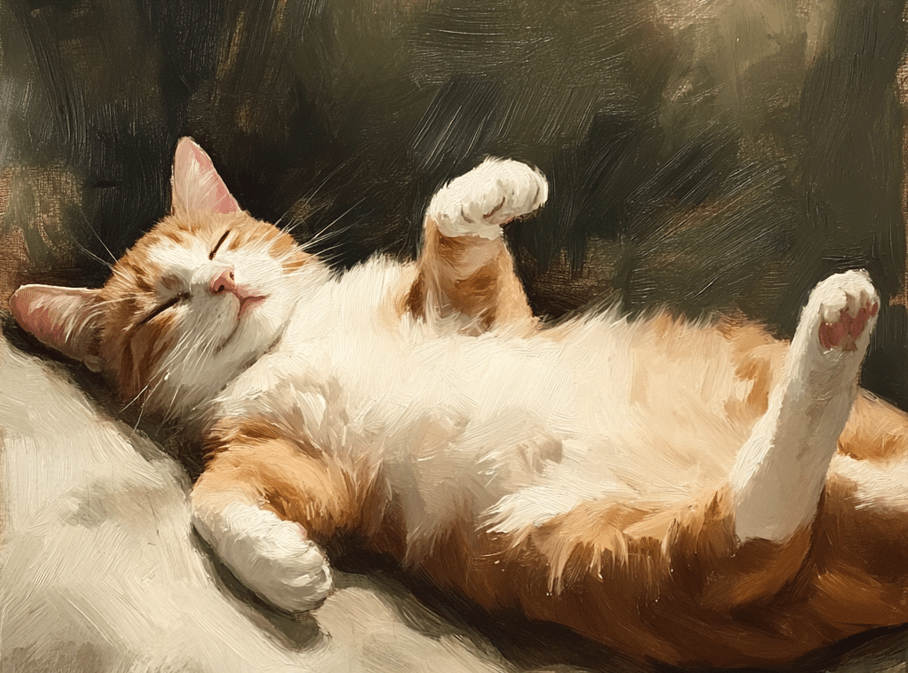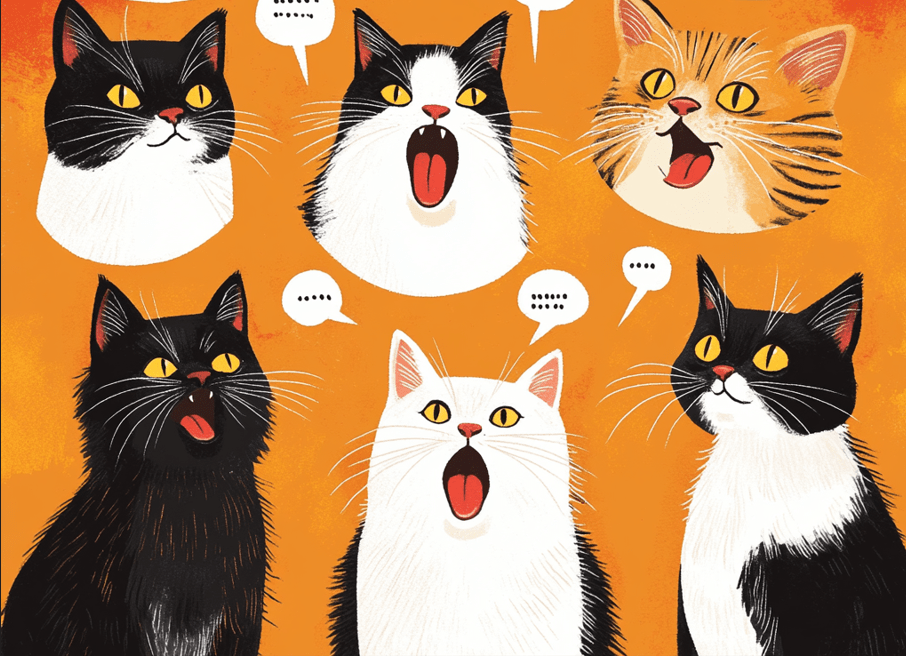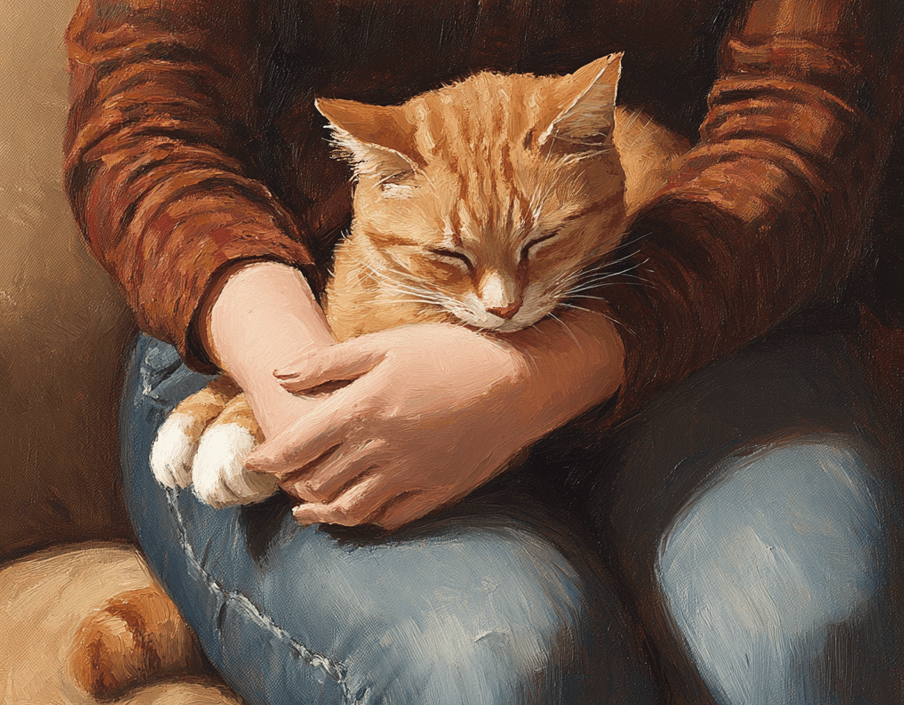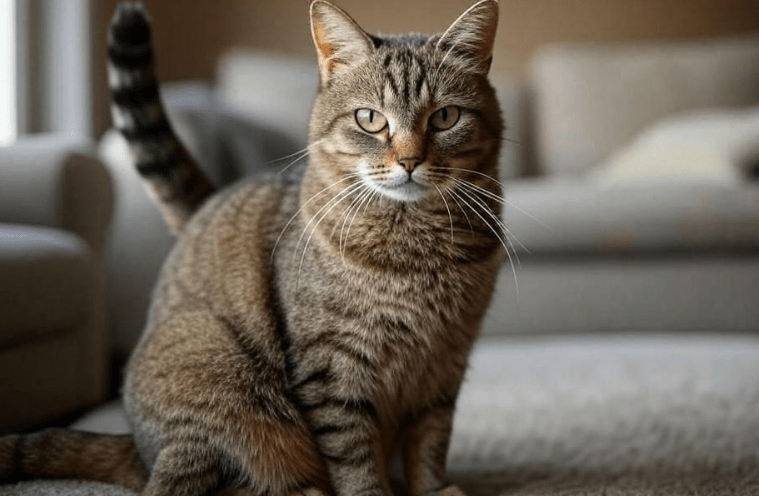
Cats display mysterious actions because humans don’t understand their feline ways. Cats display dominance through unexpected actions that confuse many observers. Knowing how cats show dominance is important for pet owners because it prevents behaviour problems and builds a good connection between cats and their human family.
This article explains how dominant cats behave and shows their triggers while revealing their psychological reasons for these actions plus ways to handle dominant cats successfully. This complete resource will teach new and experienced cat owners valuable information about feline dominance.
Key Topics Covered:
1.Recognising the typical behaviours of dominant felines
2.When do cats naturally show dominating actions
3.Learn how the brain of cats determines their leadership position
4.Learn effective ways to handle and minimise dominant cat actions.
5.You can develop a healthy cat connexion with these strategies
Understanding Dominance in Cats
A cat’s display of dominance behaviour depends on its specific traits plus its living and social networks with other animals and humans. When a cat uses behaviour to control space or objects while showing their position of command is what we call dominance. The behaviour stems from natural instinctive behaviours developed through their evolutionary history with no need for aggressive actions.
Cats have instinctive tendencies to defend their designated living space. Wild cats prove their position in the social order by taking charge of their protected space. Since house cats no longer face competition for survival they demonstrate their dominance through habits that match their biological response.
Signs of Dominance in Cats
Recognising how cats display dominance needs attentive watching. Domesticated cats display these typical signs when they assert dominance above other felines.
Posture and Body Language
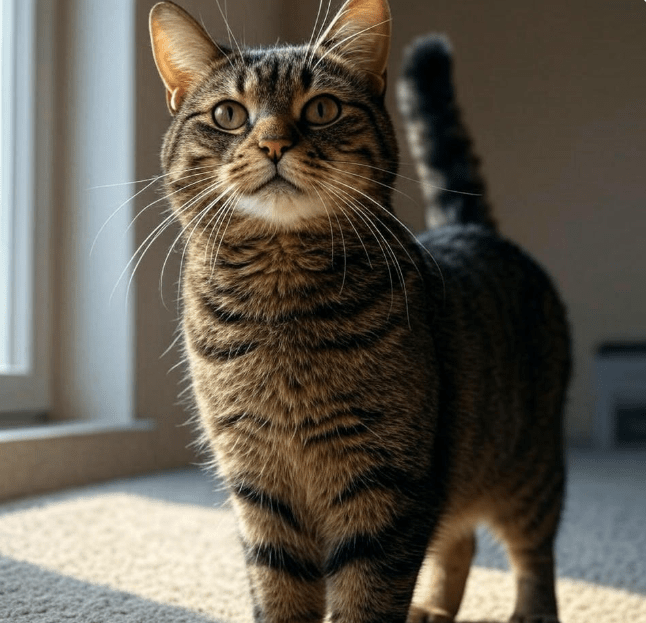
A cat indicates dominance through its body position. Cats who feel dominant show their status through an upright posture and they may keep their tail upright or slightly curved. Their body stays rigid and firm when another cat or person approaches. To show dominance they will raise their fur like wild cats do to display larger physical form.
Staring and Eye Contact
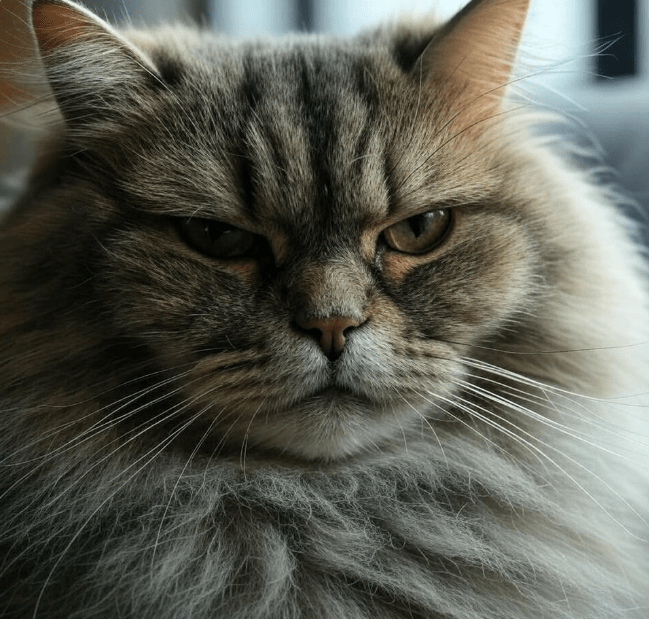
Cats display dominance through their hard stares since continuing to look at someone indicates domination in feline society. A top cat establishes dominance by fixing his gaze onto others while keeping the stare going long. The cat uses staring techniques to declare their dominance over present individuals in a given context. Submissive cats maintain eye contact avoidance because they demonstrate proper respect toward others.
Rubbing and Marking
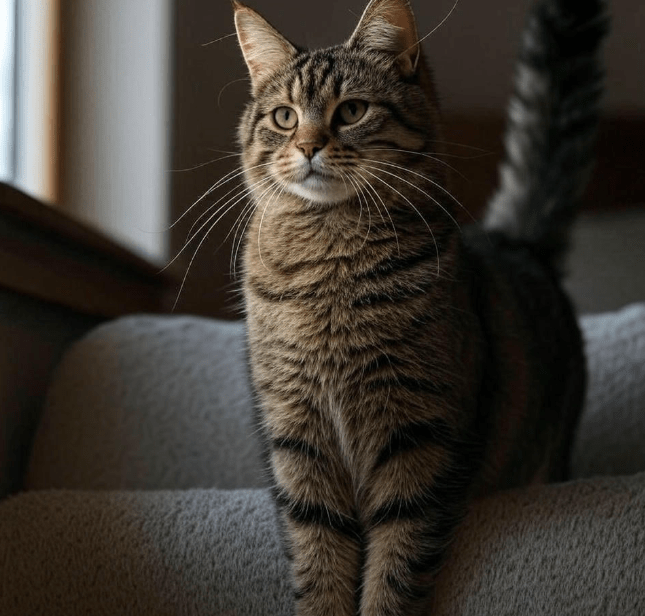
Each scent gland on a cat’s face deposits its unique marking when it touches people and objects during its rubbing habit. Domestic cats mark their dominance when they rub their bodies against someone or their surroundings. If your cat frequently rubs against you, it could be claiming you as part of its domain, signaling control over you as their “territory.”
Litter Box Behavior
Dominant felines show their control by staying away from their litter box and using other places for marking while trying to take multiple boxes as their private space. When they perform this action they take over resources both physical and private for their own benefit. When a cat uses inappropriate places for urination it shows territorial behaviour.
Aggressive Play
When dominant cats play they turn typical hunting game into stronger physical acts. They act forcefully towards toys by biting and pouncing too hard in their games. Instead of play the behaviour represents their determination to lead other objects or animals in their domain.
Resource Guarding
Dominant cats maintain possession of their essential resources by guarding their food and water supplies plus their chosen sleeping spots. Through loud throat noises and physical barriers they guard access to desired areas. The alpha cat in a pet house tends to defend its preferred spots when other cats show up in the area.
Chasing or Blocking Access
A dominant cat uses its position to keep other animals away from specific house areas by moving in front of them and pursuing them throughout the home. A cat guards its personal territory by doing this behaviour to show it rules those areas.
Triggers of Dominant Behavior in Cats
Studies show it is important to know what sparks aggressive behaviour in cats to make needed changes in their behaviour. These are the standard conditions that encourage cats to establish their dominance role.
Changes in Environment
When environments change unexpectedly cats develop a sense of uneasiness that makes them react through dominant behaviour. The need to feel secure causes cats to display dominant behaviour by attempting to take back control. Young cats act dominant when they encounter home adjustments such as moving to a new residence or receiving a new pet because they want to reestablish their territory ownership.
Introduction of New Pets or People
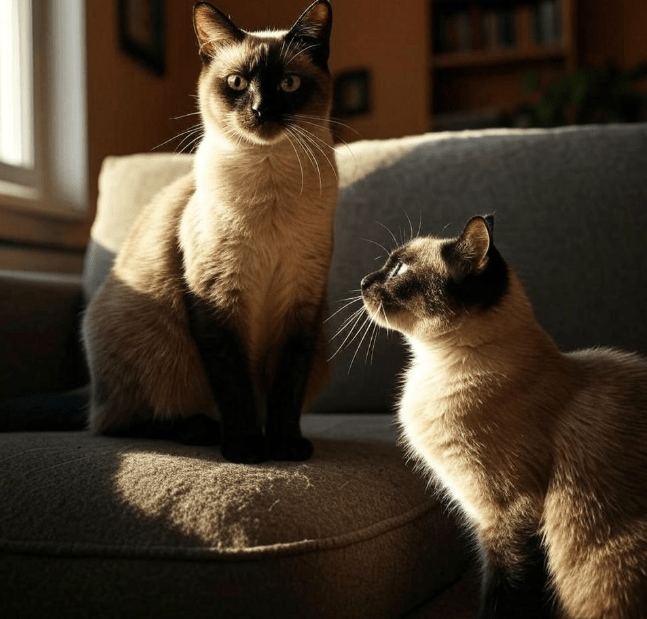
A cat will display dominance to secure its space when it sees someone new join the family. The problem appears most often when a new cat joins a household that contains one or more existing cats. The more experienced cat shows its power to inform the new pet about who rules the home.
Lack of Attention
A cat will show dominant behaviour when it needs its human companions’ attention but they do not respond properly. A cat might display rule over others by specifically asking to be fed at particular moments as well as pushing past or making loud noises to seek attention.
Health Issues
Pain or discomfort in cats tends to create irritability that boosts their dominant behaviour. When a sick cat protects its belongings more strongly it shows signs of unwell behaviour. Take your cat to the vet without delay when you see unexpected behavioural shifts to stop any illness from worsening.
Competition for Resources
Multiple pets competing for basic needs including food and play items leads cats to display their dominant position. A cat demonstrates its domination to secure the resources necessary for its survival. Dominance makes cats act violently through rough gameplay and strong attacks against household pets.
Solutions to Manage Dominant Cats
After learning about the forms of dominance in cats and their behaviour triggers we should discover effective methods to control dominant actions. These proven methods will help develop a better balance between cats.
Establish Clear Boundaries
An established daily schedule works best for cats because they do well when their needs are established. When you apply and keep your rules steady your cat learns their expected limits. When your cat blocks access to restricted areas gently move them to the right spots and reward them as soon as they respect the boundaries.
Provide Sufficient Resources
When your cat has unlimited resources like food, water and sleeping spots it will avoid taking control of another territory. Multiple litter boxes together with food bowls and scratching posts help cats avoid conflicts by having enough separate locations to use in their household.
Promote Positive Reinforcement
Show gratitude toward your cat when it demonstrates positive conduct through food rewards and friendly interactions. Using rewards effectively teaches cats positive actions and stops them from asserting dominance over others. When your cat stays away from another pet during mealtimes or obeys set limits offer them a reward to strengthen the good habit.
Provide Plenty of Mental and Physical Stimulation
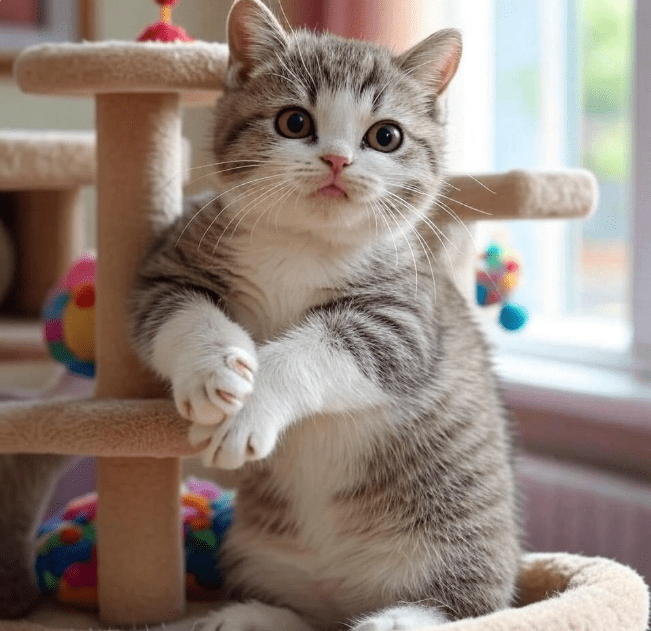
Your cat becomes more dominant when they do not have enough activities to do inside the home. Offering many interactive playthings plus places to scratch and climb will keep your cat busy while preventing dominance-related actions from occurring. Playing together regularly helps you grow closer to your cat and fulfils its wild impulses naturally.
Consult a Veterinarian
Take your cat to the vet right away because its odd behaviour changes and increased aggressiveness need attention. Possible health issues or pain may make your cat show dominant behaviour. Medical experts need to examine your cat completely to find out if health problems add to its aggressive behaviour.
Consider Professional Behavior Training
When cats display dominant behaviours that are hard to control you should hire professionals who deal with animal behaviour problems. The expert can detect why the cat acts this way to create unique solutions that solve the problem.
Conclusion
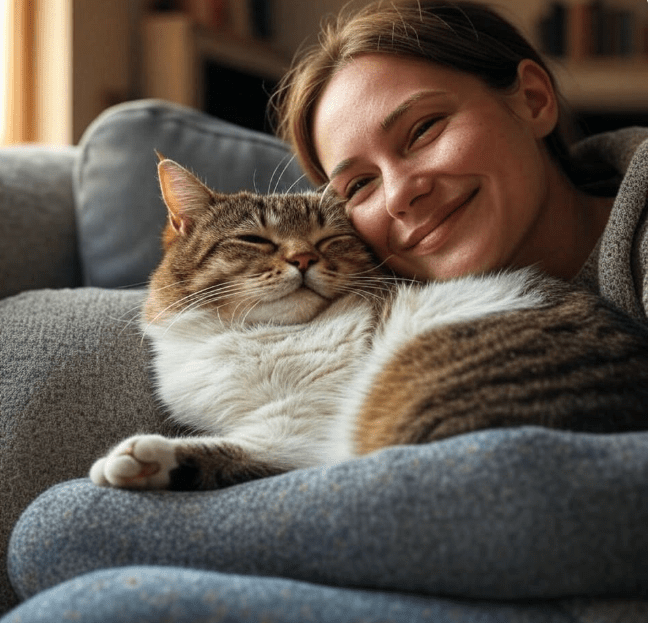
To build a successful bond with your cat you must be aware of their dominance activities. Knowing your cat’s dominance behaviours plus finding out what triggers them helps you develop effective ways to keep your cat comfortable in the home. These suggested solutions support better harmony between you and your cat since they include making enough resources available while setting proper limits plus giving mental challenges.

